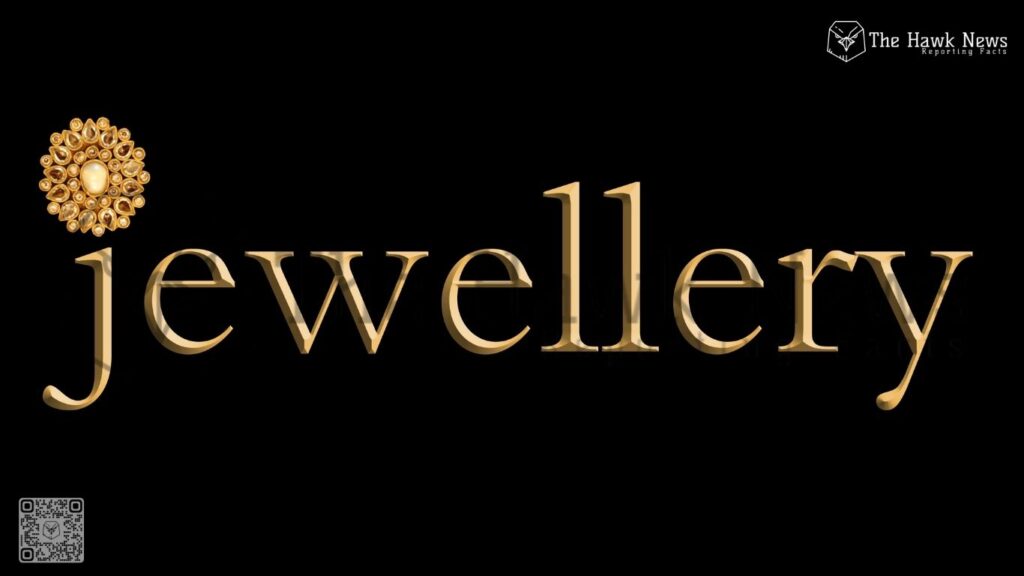
Jewelry is more than mere decoration; it is a profound expression of identity, status, and cultural heritage. Across different societies, jewelry serves various roles—symbols of love, markers of social standing, and vital components of rituals and celebrations.
This article delves into the cultural significance of jewelry, exploring its multifaceted meanings and the ways it enriches human experience across the globe.
Jewelry as a Symbol of Status
In many cultures, jewelry has historically been a signifier of wealth and power. Throughout history, the materials and craftsmanship used in jewelry have often reflected societal hierarchies.
Ancient Civilizations
In ancient Egypt, jewelry was not just ornamental but deeply symbolic. The elite wore gold and precious stones, with pieces often inscribed with hieroglyphics that conveyed spiritual significance. Pharaohs adorned themselves with elaborate headdresses and collars, signifying their divine right to rule. Similarly, in ancient Rome, jewelry indicated social status, with the wealthy wearing intricate designs made from gold and gemstones.
The Caste System in India
In India, jewelry also plays a significant role in expressing social status, particularly within the caste system. Gold jewelry, especially intricate pieces like the “haar” (necklace) or “bangles,” is often worn by women to showcase wealth and family honor. In some regions, the quantity and quality of jewelry a bride wears during her wedding are indicative of her family’s status.
Jewelry as a Token of Love and Commitment
Jewelry often carries deep emotional significance, especially in the context of relationships. Rings, necklaces, and other adornments serve as tokens of love, commitment, and familial bonds.
Engagement and Wedding Rings
The tradition of exchanging rings as a symbol of engagement and marriage is widespread across cultures. In Western societies, the diamond engagement ring has become an iconic symbol of love and commitment. Its popularity surged in the 20th century, largely due to marketing campaigns that associated diamonds with romance.
In other cultures, such as in many parts of Africa, wedding jewelry may take on different forms. For instance, in the Maasai community, women wear colorful beaded jewelry that symbolizes their marital status and role within the family. The intricate patterns and colors represent specific meanings and are crafted by hand, emphasizing the personal touch involved.
Family Heirlooms
Jewelry is often passed down through generations, serving as a tangible connection to family history. Heirloom pieces, such as grandmother’s brooch or mother’s necklace, carry stories and memories, reinforcing familial bonds. In many cultures, these pieces are given to brides on their wedding day, symbolizing the continuity of family traditions and the passing of wisdom and love.
Identity and Cultural Expression
Jewelry serves as a powerful medium for expressing cultural identity. Different styles, materials, and designs reflect the traditions and values of specific communities.
Indigenous Cultures
In Indigenous cultures, jewelry often incorporates natural materials, reflecting a deep connection to the land. For example, Native American jewelry frequently features turquoise, silver, and shells, with designs that hold spiritual significance. Each piece tells a story, often depicting tribal legends or representing tribal identity.
In the Maori culture of New Zealand, “taonga” (treasures) often include beautifully carved jewelry made from pounamu (greenstone). These pieces hold ancestral significance and are often worn as a sign of cultural pride and heritage.
Fashion and Identity
In contemporary society, jewelry can also be a statement of personal style and identity. Many individuals use jewelry to express their individuality, often mixing traditional pieces with modern designs. The rise of “statement jewelry,” such as oversized earrings or chunky necklaces, reflects a broader trend where adornments serve as fashion statements rather than just symbols of wealth or tradition.
Rituals and Celebrations
Jewelry plays a significant role in various rituals and celebrations, often marking important life events.
Coming-of-Age Ceremonies
In many cultures, specific jewelry pieces are integral to coming-of-age rituals. For instance, in Jewish tradition, the “chai” necklace symbolizes life and is often given during a Bar or Bat Mitzvah. In India, the “kangan” (bangle) is presented to girls during their first menstruation as a symbol of their transition into womanhood.
Festivals and Cultural Celebrations
Cultural festivals often showcase elaborate jewelry that reflects the community’s traditions. For instance, during Diwali in India, women wear their finest jewelry, often passed down through generations. The jewelry adornment during such occasions enhances the festive spirit and reaffirms cultural identity.
In Africa, festivals such as the Durbar celebrate cultural heritage and social status through elaborate jewelry displays. Traditional outfits are often complemented by striking pieces that showcase craftsmanship and regional identity.
The Evolution of Jewelry in Modern Contexts
As globalization spreads, jewelry continues to evolve, adapting to modern sensibilities while retaining its cultural significance. Contemporary designers often blend traditional techniques with modern aesthetics, creating pieces that resonate with younger generations.
Ethical and Sustainable Jewelry
In response to growing concerns about ethical sourcing, many jewelers are now focusing on sustainable practices. The rise of ethical jewelry brands highlights the importance of fair trade and environmentally friendly materials. These modern movements reflect a broader cultural shift towards mindfulness and responsibility in consumer choices.
Conclusion
The cultural significance of jewelry transcends mere adornment; it embodies stories, identities, and traditions. From ancient civilizations to modern societies, jewelry plays a pivotal role in expressing status, love, and cultural heritage.
As we navigate a rapidly changing world, the enduring allure of jewelry lies in its ability to connect us to our roots while allowing for personal expression.
This rich tapestry of meanings and practices reminds us that jewelry is not just an accessory but a profound element of the human experience, bridging the past and the present.